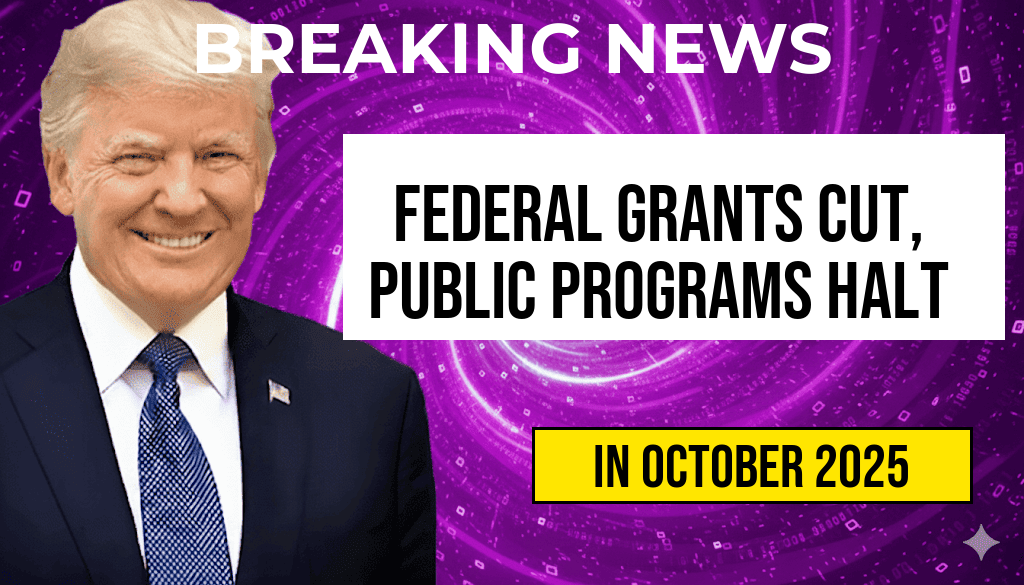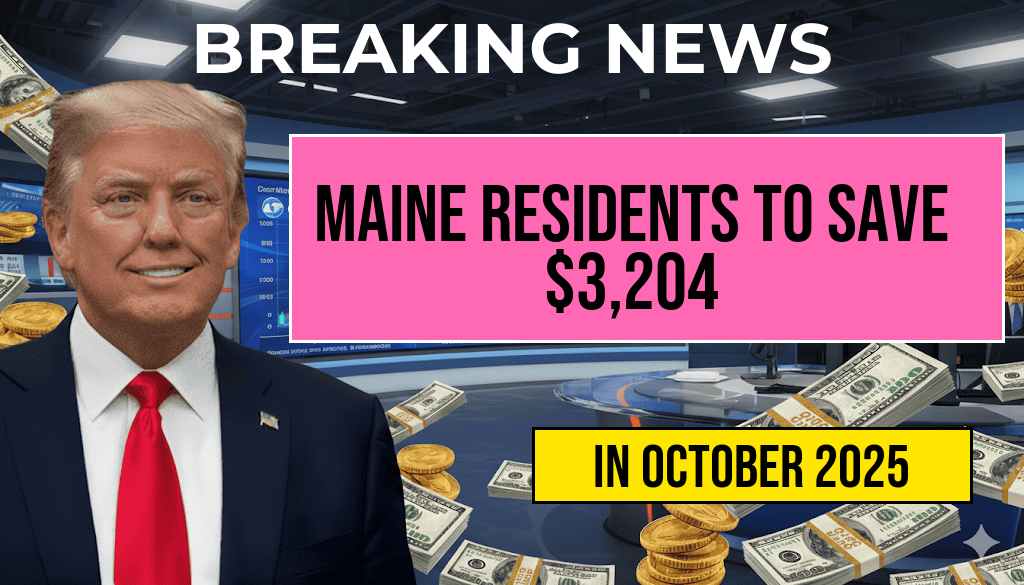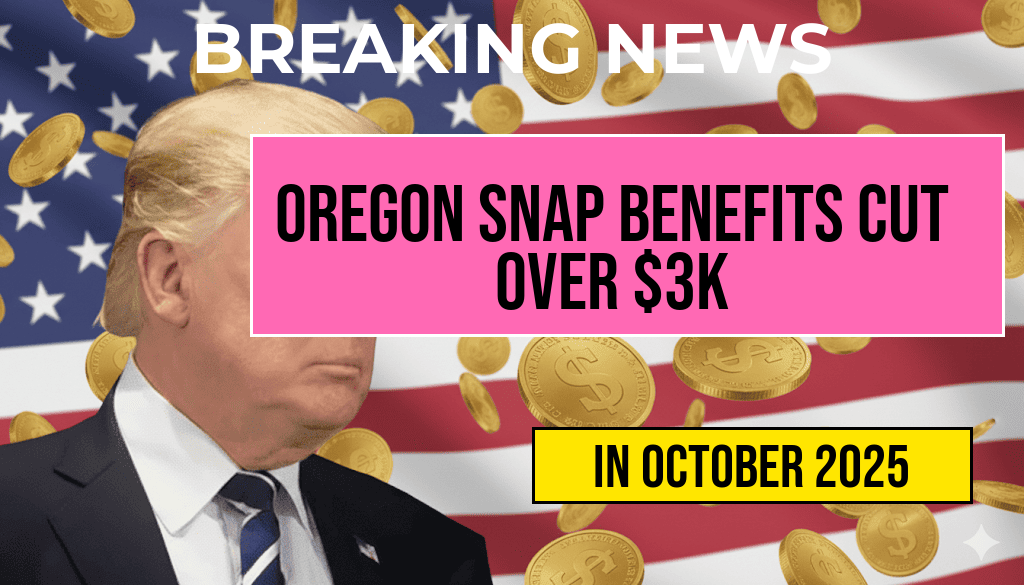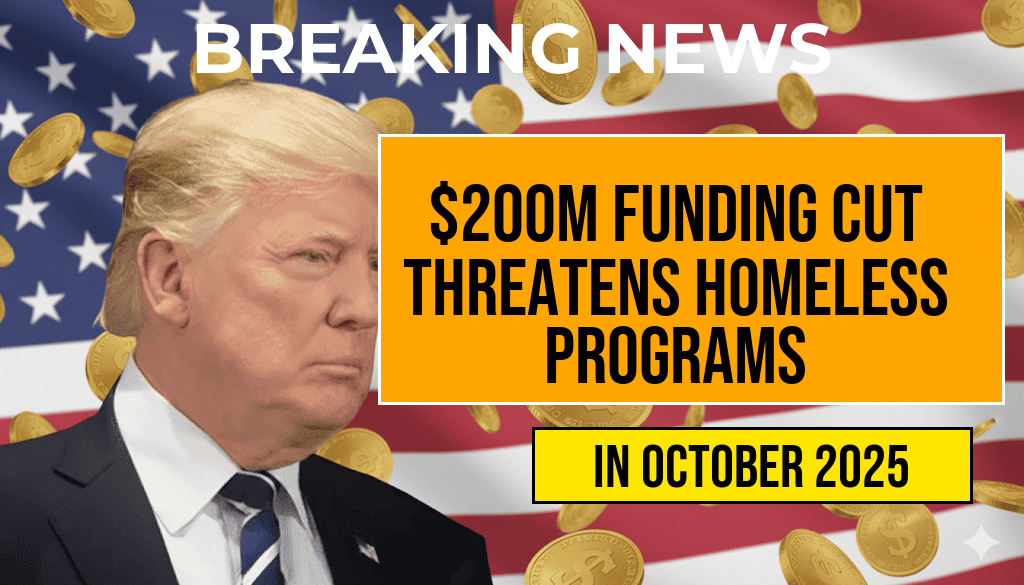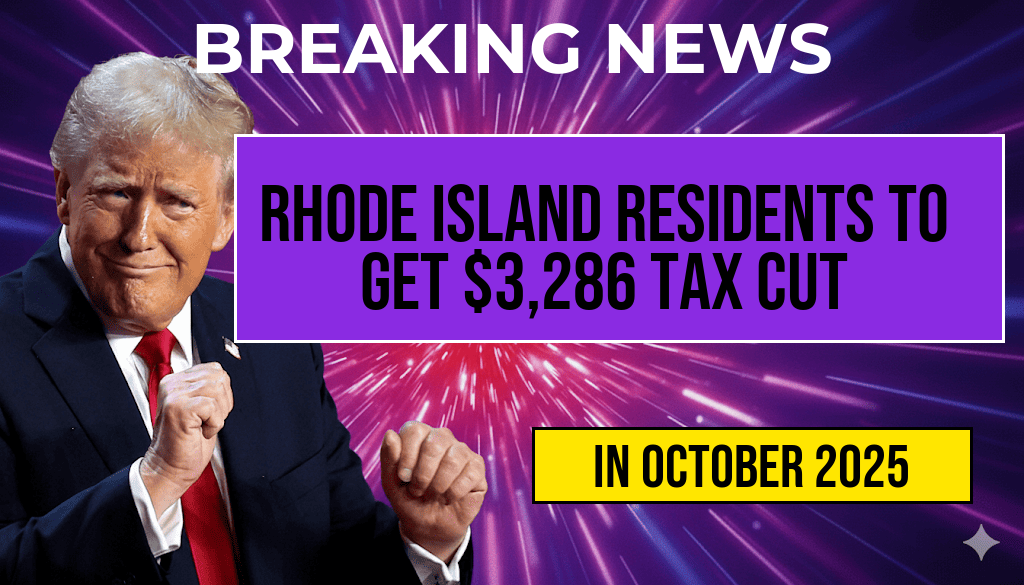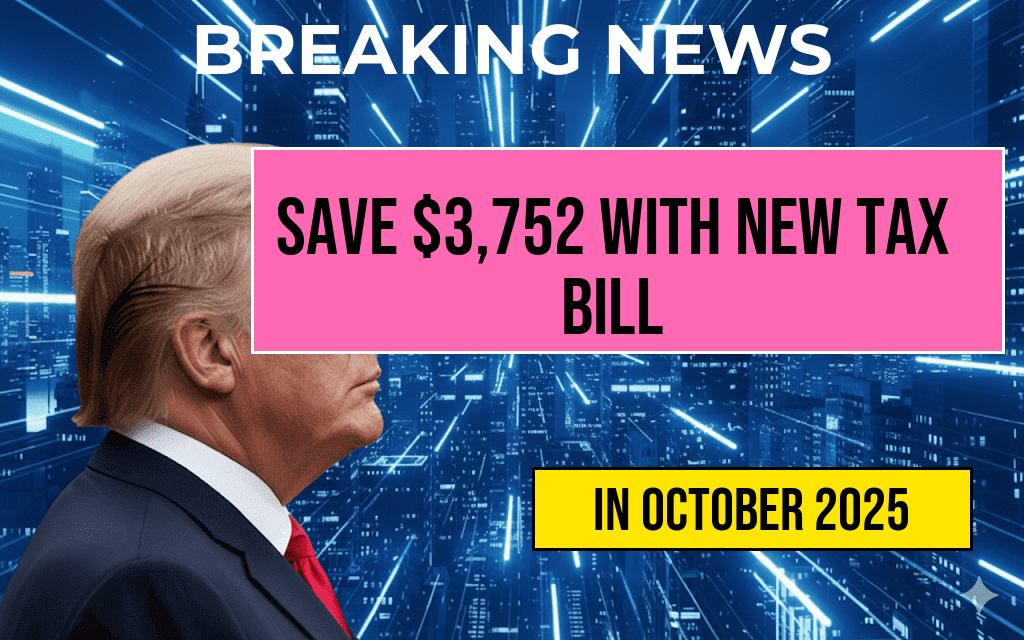Faced with an unprecedented $1.1 trillion reduction in federal grants, numerous public programs across the United States are grinding to a halt. The sharp decline in funding, prompted by legislative gridlock and shifting budget priorities, has triggered a crisis that threatens essential services including education, healthcare, infrastructure, and social welfare. Local governments and nonprofit organizations reliant on federal grants now confront the challenge of maintaining operations amid dwindling financial support. This drastic funding cut underscores the growing fiscal tensions within federal policymaking and raises questions about the future of public service delivery across multiple sectors.
The Scope of the Funding Shortfall
The $1.1 trillion reduction in federal grants marks one of the most significant budget contractions in recent U.S. history. According to recent reports from the Congressional Budget Office (CBO), the cuts stem from the expiration of previous emergency funding measures and deliberate policy shifts aimed at deficit reduction. As a result, programs that serve vulnerable populations, support infrastructure projects, and fund educational initiatives are experiencing immediate financial shortages.
Impacted Sectors and Programs
The fallout from the funding cuts is widespread, with nearly every major sector feeling the strain. Key areas impacted include:
- Public Education: Thousands of school districts that depend on federal Title I funding are facing potential layoffs, program eliminations, and deferred maintenance projects.
- Healthcare: Medicaid and community health programs are confronting reductions that could limit access to care for millions, especially in rural and underserved areas.
- Infrastructure: Federal transportation grants, crucial for road repairs and public transit upgrades, have been scaled back, potentially delaying critical projects.
- Social Services: Emergency assistance programs, including food stamps and housing aid, are experiencing funding shortages that threaten to leave many families without vital support.
Government Response and Congressional Debate
Legislative Gridlock
Efforts to pass new funding legislation have been hampered by partisan disagreements over budget priorities. Democrats and Republicans remain at an impasse, with each side blaming the other for obstructing measures aimed at stabilizing funding levels. The deadlock has led to a series of temporary funding extensions, but none address the core issue of the massive reduction.
Potential Policy Solutions
Some lawmakers advocate for targeted increases in specific sectors, such as healthcare and education, while others push for broader reforms to federal budget processes. Speaker of the House Kevin McCarthy has emphasized the need for fiscal discipline, proposing a series of austerity measures to curb government spending. Conversely, advocacy groups warn that the cuts threaten long-term economic stability and social equity.
Local and State Responses
States and municipalities are scrambling to fill the gaps left by federal reductions. Many have announced contingency plans, including reallocating existing funds, seeking alternative grants, or delaying projects. However, these measures are often insufficient to compensate for the scale of the federal cutbacks.
Impact on Communities
| Sector | Potential Consequences | Estimated Funding Reduction |
|---|---|---|
| Public Education | Class size increases, program cuts, facility maintenance delays | $300 billion |
| Healthcare | Reduced Medicaid reimbursements, limited community health services | $250 billion |
| Transportation | Delayed infrastructure projects, deferred public transit upgrades | $150 billion |
| Social Welfare | Decreased assistance programs, increased hardship for vulnerable populations | $200 billion |
Broader Economic Implications
The immediate effects of the grant cuts extend beyond service disruptions. Economists warn that the reduction in federal spending could slow economic growth, increase unemployment in affected sectors, and exacerbate existing inequalities. A report by the Urban Institute emphasizes that diminished public investment hampers community resilience and long-term development prospects.
Looking Ahead
As negotiations continue, stakeholders across federal, state, and local levels are calling for a balanced approach that preserves essential programs while maintaining fiscal responsibility. The debate over federal funding priorities will likely dominate legislative agendas in the coming months, with implications for millions of Americans reliant on government support. The crisis underscores the need for sustainable funding models that can withstand political shifts and economic uncertainties.
Additional information about federal funding policies and their impacts can be found on Wikipedia and Forbes.
Frequently Asked Questions
What are the main reasons behind the federal grant cuts totaling 1.1 trillion dollars?
The federal grant cuts stem from a significant funding crisis faced by the government, driven by budget shortfalls, increasing debt, and shifting priorities that have resulted in a halt to various public programs.
Which public programs are most affected by the funding reductions?
Major public programs impacted include education, health services, infrastructure projects, and social welfare initiatives, leading to delays and cancellations of essential services for communities nationwide.
How does the funding crisis impact local communities and public service providers?
The funding crisis results in reduced resources for local communities and public service providers, causing job cuts, decreased program availability, and a decline in the quality of services offered to citizens.
Are there any government measures to address or mitigate the effect of the grant cuts?
Currently, the government is exploring options such as reallocating funds, increasing borrowing, or seeking alternative funding sources to mitigate the impact of the funding cuts and ensure continuity of essential public programs.
What can citizens and organizations do to respond to the funding crisis?
Citizens and organizations can advocate for policy changes, participate in public awareness campaigns, and collaborate with local authorities to find alternative funding solutions and support affected communities during this crisis.

